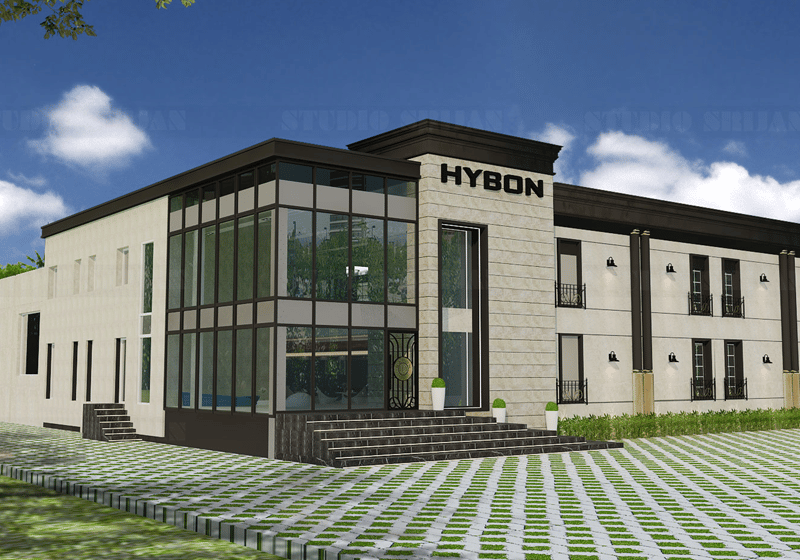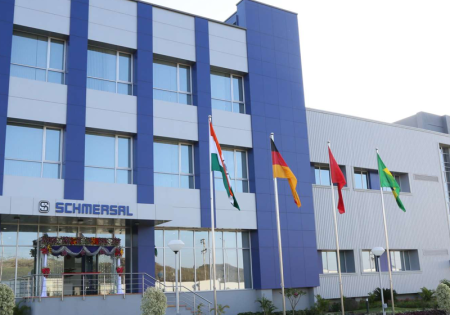Nationwide regulation, improved designs and technology can make lifts safer, especially during a pandemic, this Readers’ Platform explains.
There are states in India where there are no defined lift rules or procedures for lift licensing. The states that do have their own lift licensing departments follow their own rules and procedures. India needs a common law for governing and monitoring elevator installation and maintenance — at the Pan-India level.
Although the Bombay Lifts Act 1939 is taken as a reference by every state in framing its own lift act, there are a lot of differences with regards to implementing the act by various states to suit their own systems. It would be ideal to consolidate all the available rules from various states and adopt the best practices among them. There are a few important steps taken by some state governments that need to considered for the benefit of all the states.
The Madhya Pradesh government has initiated a rule requiring that every elevator be audited once every six months, with the inspection note signed and dated by the inspection authority and displayed in the lift cabin. This way, users know when the lift was last audited or when the next audit is due, which can offer some assurance of safe travel. The Gujarat government is also introducing lift inspection by certified, experienced elevator engineers.
The Maharashtra government has made a good move by issuing lift operating licenses for only 20 years that can be renewed after proper inspection and certification. The requirement of third-party insurance for every lift is another welcome move introduced by the Maharashtra government.
In addition, there are some best practices adopted by industry leaders that must be made compulsory for every installation, like safety guards around all moving parts (e.g., sheaves, overspeed governors, diverter pulleys, wire ropes), locking of the main switch while shutting the lift for maintenance/repair work and using a stop switch while working on the car top or in the lift pit.
There are some best practices adopted by industry leaders that must be made compulsory for every installation. . . . Therefore, the lift rules must have a clear mention of lift requirements for each area.
One of the main reasons for death or serious injury during lift accidents is a delay in bringing a rescue person to the site. There is the possibility of another technician working/available in the vicinity of the accident place, and it is also possible that there may be an industry technical person available in the vicinity of the accident place. With the current technology, we can map such helping hands available at any given time in any area. When an accident or entrapment occurs, a message with details could be broadcast to that group, and the nearby expert can be summoned to the accident site, where they can help in rescue operations. Bringing timely help can reduce losses and even save lives. Relatedly, the governing bodies and industry leaders must work out the procedure for required norms.
An entrapment case in which Otis people helped fire personnel in the rescue operation occurred during COVID-19 lockdown. The Pune Municipal Corp. Fire Department issued an appreciation letter to Otis for its support during the emergency.
When framing common rules, we should consider the varying climatic conditions throughout the country. We have coastal regions where humidity is extremely high, plains where the climate is very hot, and rainy areas where rainfall is reported throughout the year. These varied conditions demand different technical parameters for lifts so that they meet the regional requirement. Therefore, the lift rules must have a clear mention of lift requirements for each area.
It would be ideal to consolidate all the available rules from various states and adopt the best practices among them.
There is a big gap between the number of lifts required to be inspected and the number of available lift inspectors. This gap could be greatly reduced if experienced people from the industry are brought in to undertake inspection activities. Government authorities and industry leaders should work out the selection criteria and working procedure for such inspection engineers. If the inspection is carried out for 100% of the lifts as required, the possibilities of failure and accidents can be minimized.
COVID-19
The COVID-19 situation has created a demand for changes in lift maintenance requirements and operating procedures for which the main criteria is to have minimum human interaction. In response, the industry has come out with products/solutions that can reduce passengers’ physical contact with lift operating parts, such as hall or car buttons. Mobile software for call registration, voice-activated call buttons and a sanitization facility in the cabin and at landings are easy ways to protect the public from the virus.
The technician’s physical interaction with the lift system at the site also needs to be minimized, and this can be accomplished by improving maintenance procedures. We need to work toward:
- Increased life of moving parts
- Fixed-type assemblies that do not require adjustment/resetting
- Self-lubricating moving parts
- Self-cleaning systems for door bottom sills
The main moving parts in which users come into frequent contact — and that demand frequent resetting — are the door and locking system. Therefore, all the moving parts used in the door operations and locks — door bearing/hanger, bottom shoe, rope pulley, lock rubber bushing, lock spring, lock lever bushing, door belts, etc. — need to be self-lubricated with fixed positioning (no adjustments) so there is no need for the technician to manually perform these tasks. The incorporation of advance indication for parts replacements or anticipated system failure can also help reduce frequent human interaction.
With the growth in the elevator industry and available advanced technologies, we must update/change our systems, rules, and regulations for safety and comfort.
Get more of Elevator World. Sign up for our free e-newsletter.






